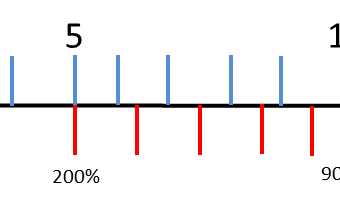I approach this article with caution, due to the vast amount of misinformation and confusion between the concepts of absorption and sound-blocking.
At Commercial Acoustics, we begin each of our architectural courses with a strong distinction between these pillars of the acoustical world, and even with our architect clients, there is typically still 1-2 attendees that ask additional questions.
Click For more general Commercial Soundproofing options
At a high level, sound-blocking principles should be used when you have noise transferring from a noisy area to a quieter one and would like to reduce this transmission, while absorption is used in large areas with echoes and reverberation control issues. However, there are a few select scenarios where absorption in the source room may be used to lower the overall dB level, and by result, reduce the amount of sound spilling into adjacent units nearby.
For example, a bar-restaurant in St Pete that we consulted with several years ago was experiencing complaints from tenants upstairs that were constantly annoyed by the din on the bottom floor. The restaurant already had fire-proofing completed on their corrugated metal ceiling, and refinishing the ceiling with soundproofing membranes and going through the approvals process was cost-prohibitive. However, we noticed that there was very little absorption in the space, and therefore noise from the patrons was reverberating in the space and creating an unnecessarily noisy environment.
Noise Reduction Algorithm
The principle of Noise Reduction (NR) tells us:
NR=10log(a2/a1)
a2: absorption in treated space
a1: absorption in initial space
This means that increasing the absorption in a space by a sizeable amount can result in reducing the overall decibel level. Specifically, increasing the absorption by 300% can lower the noise level by 5dB. Since there was so little absorption in the space, increasing by 300% was possible at a fraction of the price of re-constructing the floor-ceiling system above.

Ultimately, this approach may be used for significant improvement in areas with little absorption as well as loud noise and reverberation that leaks into adjacent spaces. This includes bars and restaurants with nearby dwellings. However, this will only treat reverberant noise, and should not be used to treat direct field sources such as a speaker or television right next to a neighbor’s wall.



